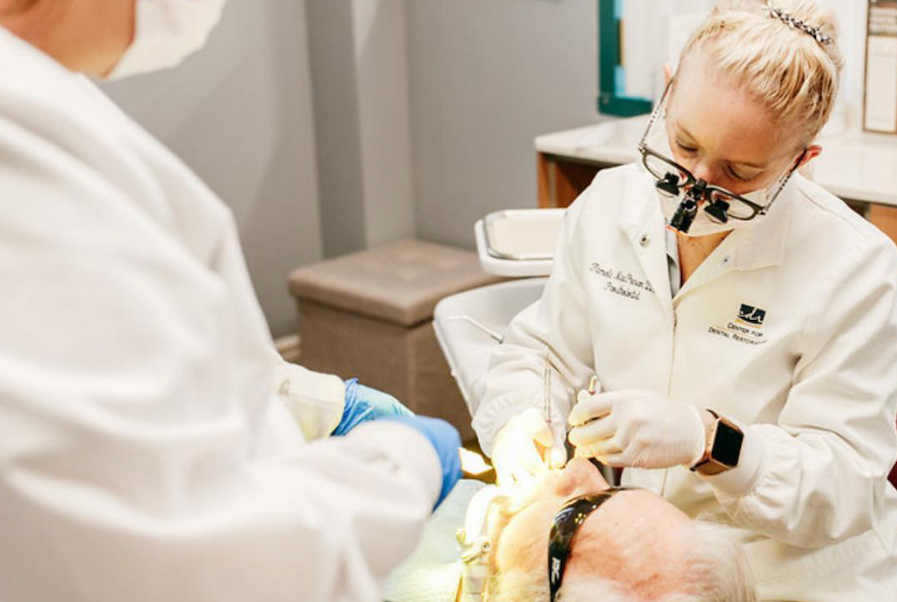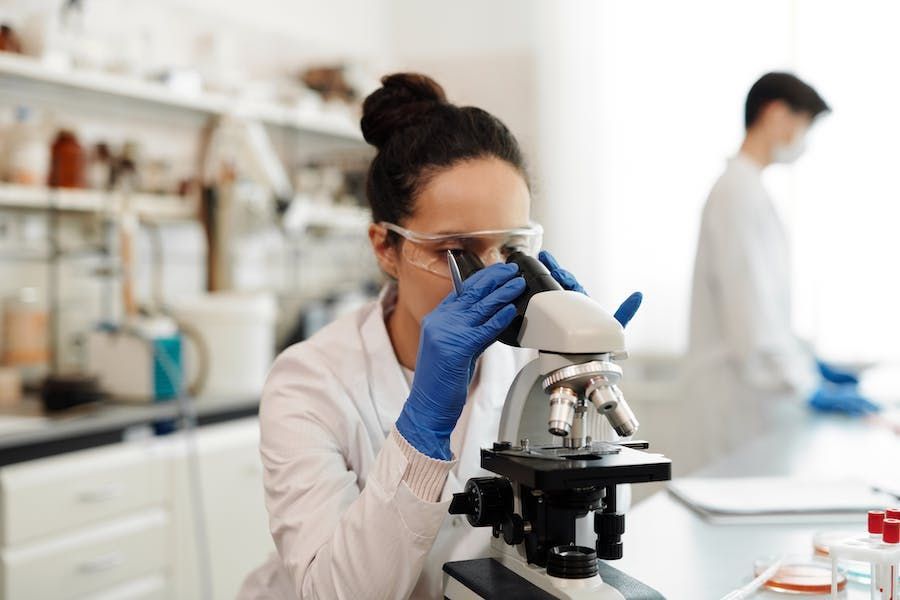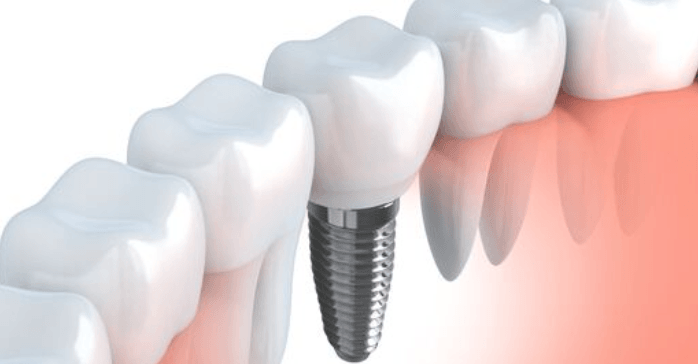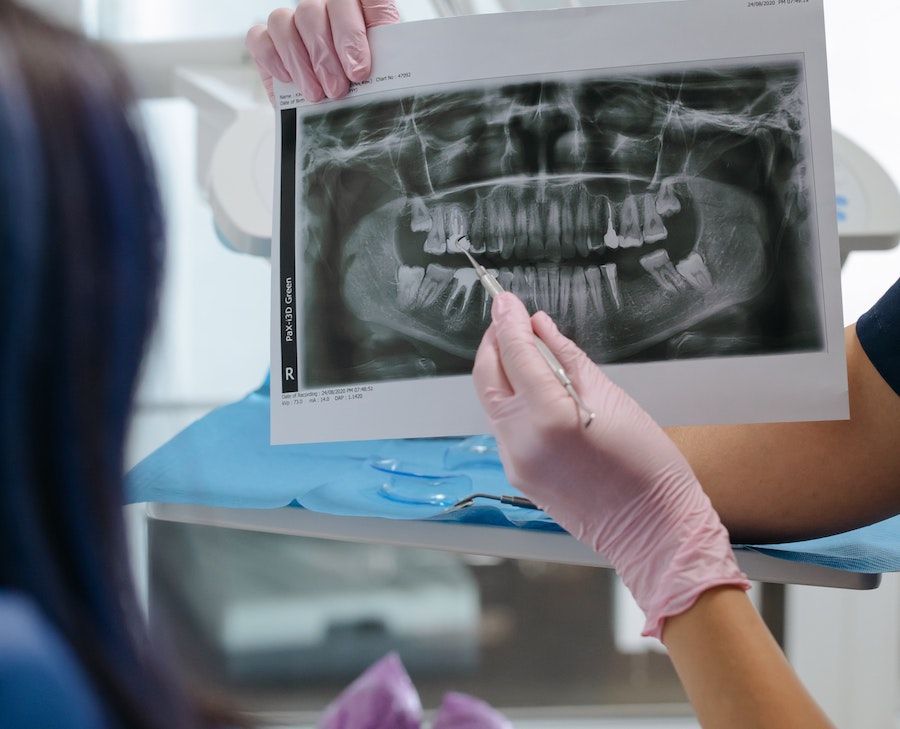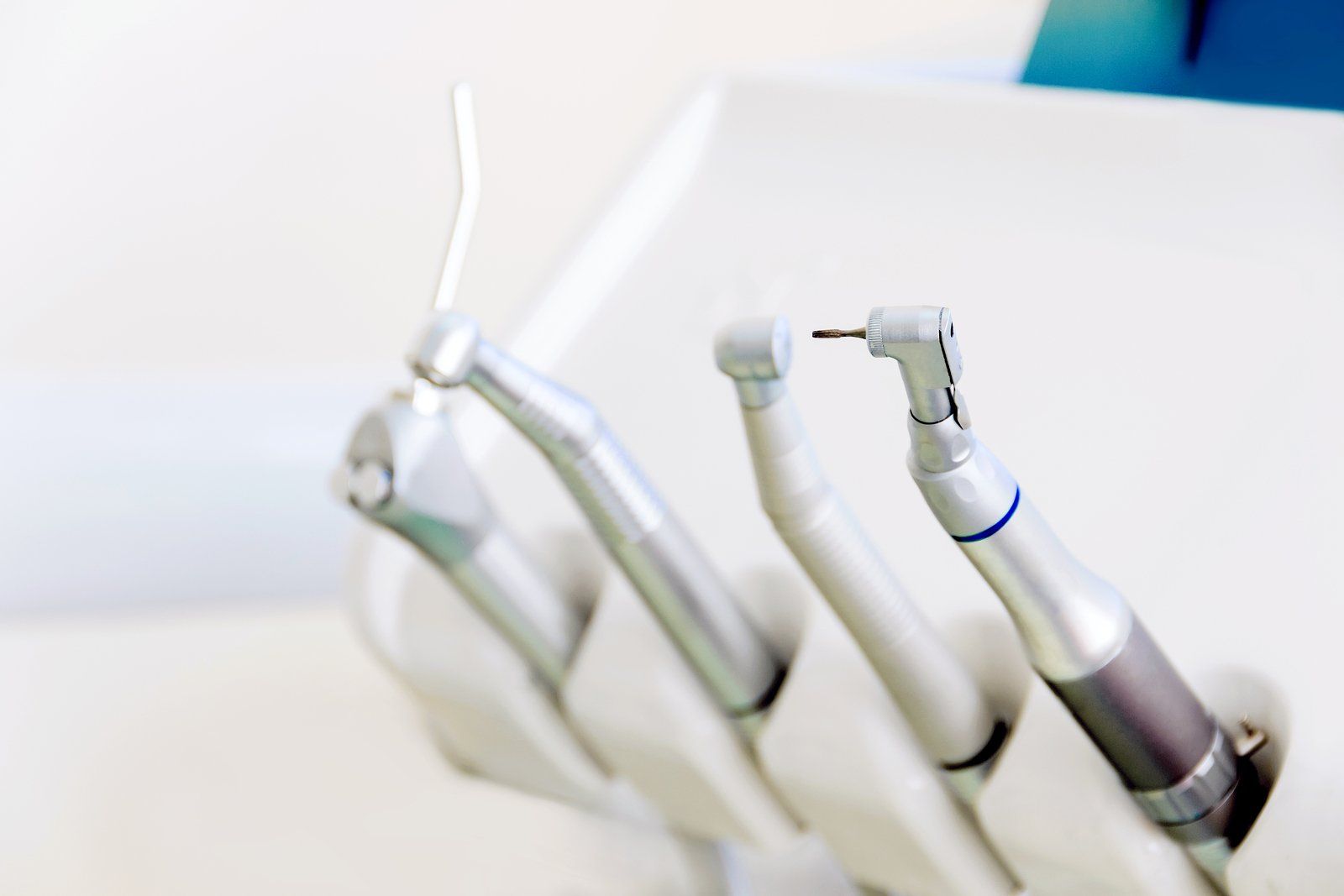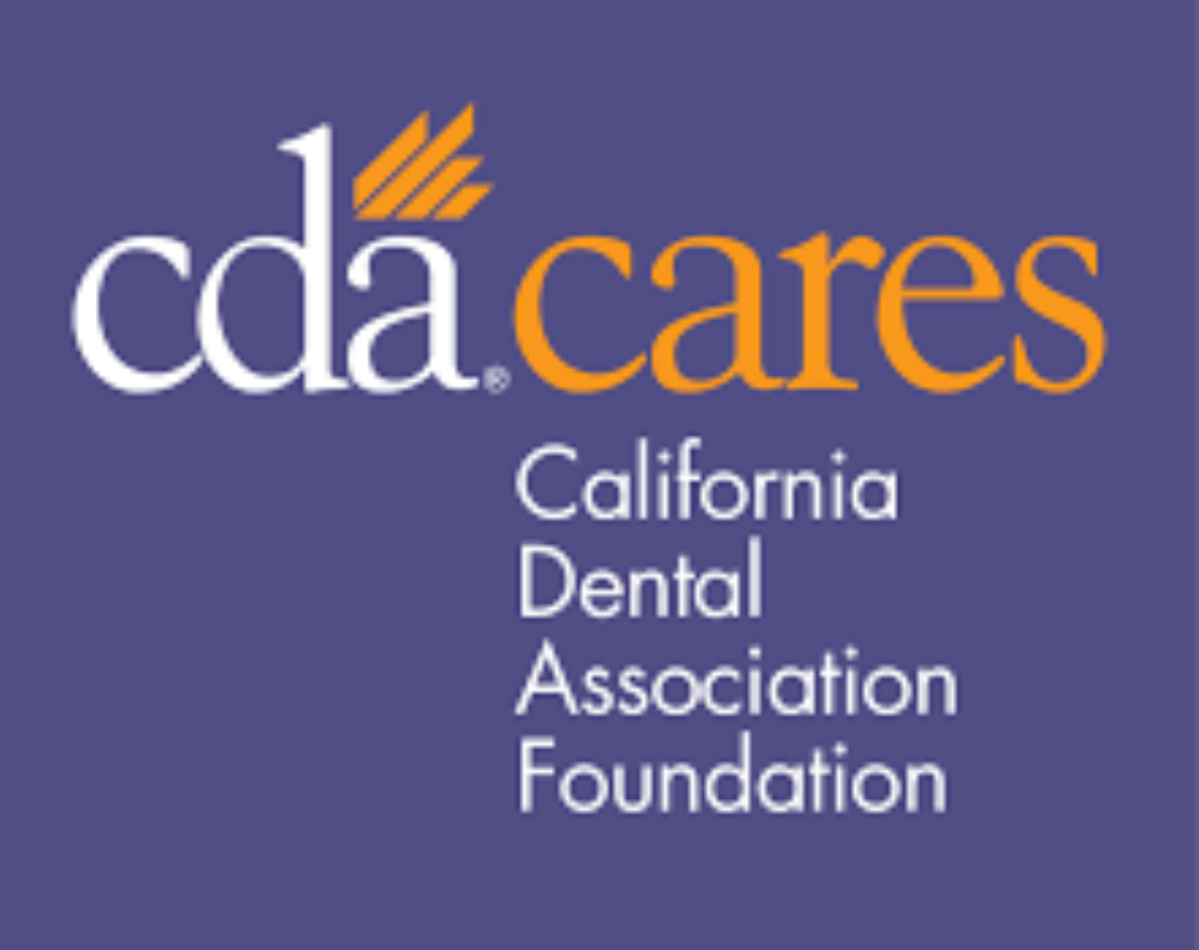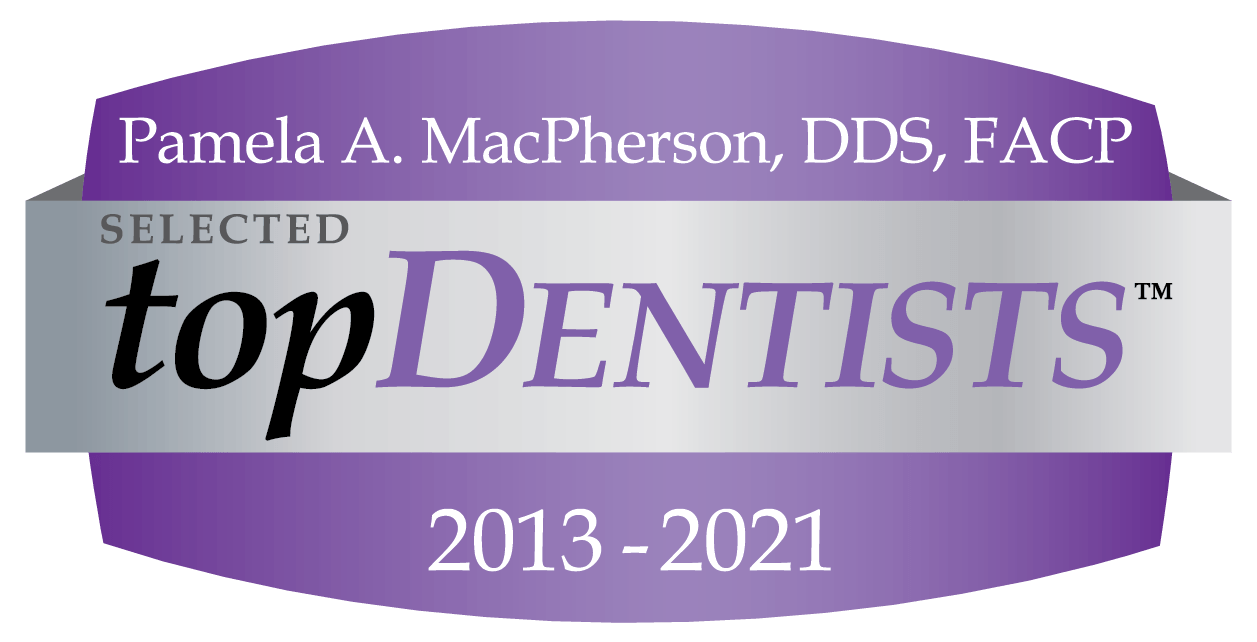What is Restorative Dentistry? (Why Do It? And Where To Go)
Restorative dentistry is a set of dental procedures that aim at repairing or replacing damaged or missing teeth. The main goal is to improve oral health and function, as well as restore the natural appearance, shape, and feel of the teeth.
Do you have missing teeth? Or discolored teeth? Or damaged or broken teeth?
If so, dental restoration can help you get your smile back.

What is the difference between restorative dentistry and cosmetic dentistry?
Both restorative dentistry and cosmetic dentistry repair damaged or missing teeth to restore their natural look and feel.
The main difference between them is that one is essential and the other is elective.
When people are experiencing dental pain, swelling, or even bleeding, it is essential that they seek dental treatment to alleviate these problems.
Missing or broken teeth often diminish chewing function and oral health. This introduces vulnerability to other problems of the mouth. Restorative dental care is essential to maintain good oral health and function, as well as avoid future decay and damage.
Cosmetic dentistry, on the other hand, are procedures that reconstruct the natural look and feel of damaged teeth for the sole purpose of a desired look.
In other words, cosmetic dentistry is for people looking to change the appearance of their teeth because they are unhappy with how their smile looks, not because they are experiencing dental symptoms. For example, the purpose of teeth whitening is mainly for improving visual appearance.
What Are The Types of Dental Restoration?
The following are some of the most common dental procedures that fall under restorative dentistry:
1) Dental Implants
Dental implants are artificial tooth roots surgically secured to the jawbone. This allows your dentist to attach fixed or replacement teeth.
They are popular and a very effective long-term solution to missing or failing teeth or to chronic dental problems. They fit you and feel like natural teeth.
Nowadays, dental implants are becoming the standard for teeth replacement.
But you need to have healthy gums and adequate bone to receive implants.
2) Inlay/Onlay restorations
Inlays and onlays are methods that restore the structure of teeth that have cavities due to decay or trauma.
Inlays vs. Fillings: With dental fillings, the decayed tooth is drilled out and replaced with a composite or amalgam material. Inlays, on the other hand, are used when the cavity is too large for a simple filling. The inlay material is also fabricated as a single solid piece to fit the specific shape and size of the cavity, which is then cemented in place.
Onlays vs. Crowns: Onlays are fabricated as a single solid piece and cemented in place on the damaged tooth. It typically covers a cusp of the tooth. Onlays are different from crowns as crowns are intended for more serious situations in which a cap is placed over an entire tooth after removing the decay.
3) Dental Fillings
When you have a cavity, your dentist will replace or “fill” this cavity to make the tooth whole again. Before “filling” the cavity, they will first remove the decayed area of the tooth.
There are many different materials used to fill cavities. Your dentist will recommend the appropriate type of filling material based on the extent of the decay and the cost of the filling material.
4) Dental Crowns and Bridges
Durable, high-quality porcelain crowns and dental bridges can restore strength and structure to your teeth for a more beautiful smile.
Crowns and bridges are cemented in place onto existing teeth or implants. They can only be removed by a dentist. They are fixed prosthetics, as opposed to dentures, which you can take out and clean daily.
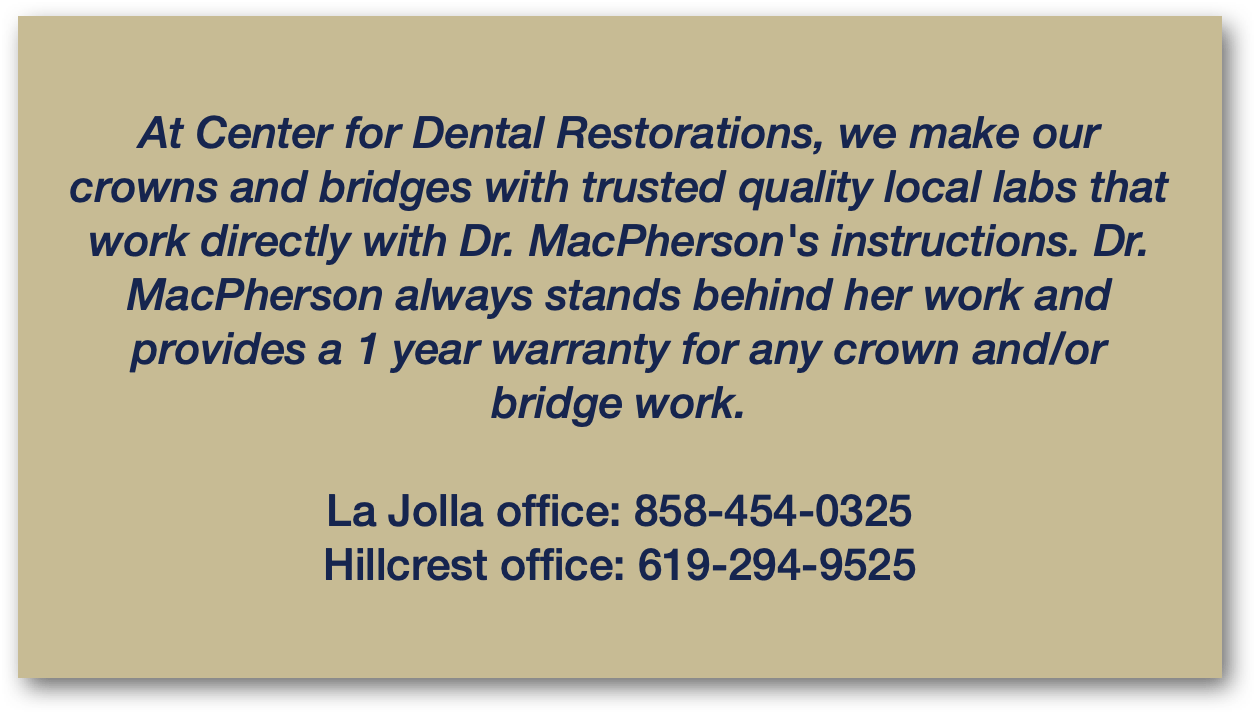
5) Dentures
Dentures are removable replacement for missing teeth. Nowadays, due to better technology, dentures appear natural and fit securely in your mouth. They provide optimal functionality that you will be able to chew confidently with them.
Complete dentures are a full mouth teeth replacement. Partial dentures replace some missing teeth, and sometimes attach to existing teeth via a dental bridge.
6) Root Canal
Root canal is a dental procedure that saves the damaged tooth instead of removing it. The tooth’s root is a canal that this treatment cleans out thoroughly and then filled. The top of the tooth is then replaced with a crown.
Call your dentist if you are not sure if you can still save a badly damaged tooth. An alternative to root canal is completely extracting the damaged tooth and replacing it with a denture.
Who Needs Dental Restoration?
If you are experiencing any kind of problems with your teeth, then it is highly recommended that you seek restorative dental care.
Dental fillings or bonding treatment can help repair damaged or decayed teeth.
Inlays/Onlays, crowns, or dental fillings can restore broken teeth.
Implants, bridges, or dentures can replace missing teeth entirely.
What Are The Benefits of Restorative Dental Care? Why Do It?
There are many benefits to restorative dentistry. It is important to know that dental problems doesn’t only affect the appearance of your teeth. It affects your overall oral health, your digestive health, as well as your self esteem.
Dental restoration helps maintain or improve oral health. Healthy gums and teeth keep gingivitis and other gum diseases at bay.
Dental restoration also improves chewing function. Chewing does not only make food easier to swallow. Chewing also promotes health by helping with digestion and absorption.
It also reduces the risk of future dental issues.
Dental pain due to teeth problems can be resolved with restorative dental treatment.
Finally, dental restoration helps restore the look of your smile. Improved smile gives a person confidence and helps develop good self esteem.
Seeking treatment for dental problems is essential. Contact your dentist right away if you are having problems with your teeth.
In San Diego, Dr. MacPherson at the Center for Dental Restorations has been voted and listed as one of San Diego’s Top Dentists for many years.
Call one of our offices to ask about your dental needs. We are always happy to answer questions to help bring back your smile.
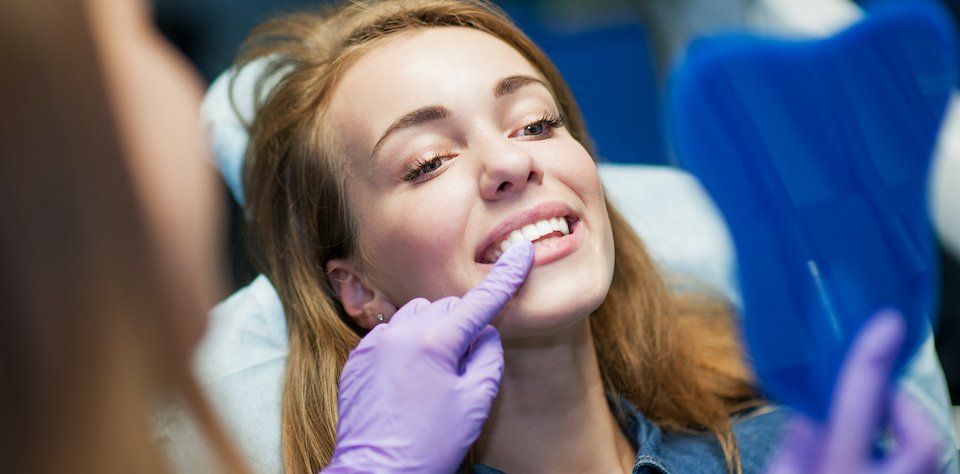
Risks of Restorative Dentistry
There are very few risks in restorative dental treatment. A common risk is general discomfort after a procedure. You may get an infection or an allergice reaction to materials used, but these happen very rarely. When not installed correctly, bridges or crowns can loosen quickly.
When looking for a dentist, get to know the dentist as well as the staff. Make sure you feel comfortable. They should be able to answer all your questions before you make any decisions. Look up the dental office’s reputation. Review other patients’ testimonies.
A great fit with a good dentist is important to decrease the risks of restorative dental treatments.
Restorative Dentistry in San Diego
Restorative dentistry in San Diego offers numerous and often varied options for people needing dental restoration.
But none are more qualified than Dr. MacPherson at Center for Dental Restorations.
With an office in Hillcrest and another in La Jolla, our mission is to help you achieve your best dental health.
To meet this goal, we provide a specialized thorough evaluation and high quality, state of the art dental services, including restorative dentistry, to treat your specific needs.
We always provide all the information you need to help you with your decisions about your dental health needs.
We pride ourselves for having a warm environment and over-the-top customer service to make you comfortable during your dental visits.
Through restorative dentistry, we have helped hundreds of patients restore their smiles.
Call one of our offices for any question you have about dental restoration.
La Jolla office: 858-454-0325
Hillcrest office: 619-294-9525

by


